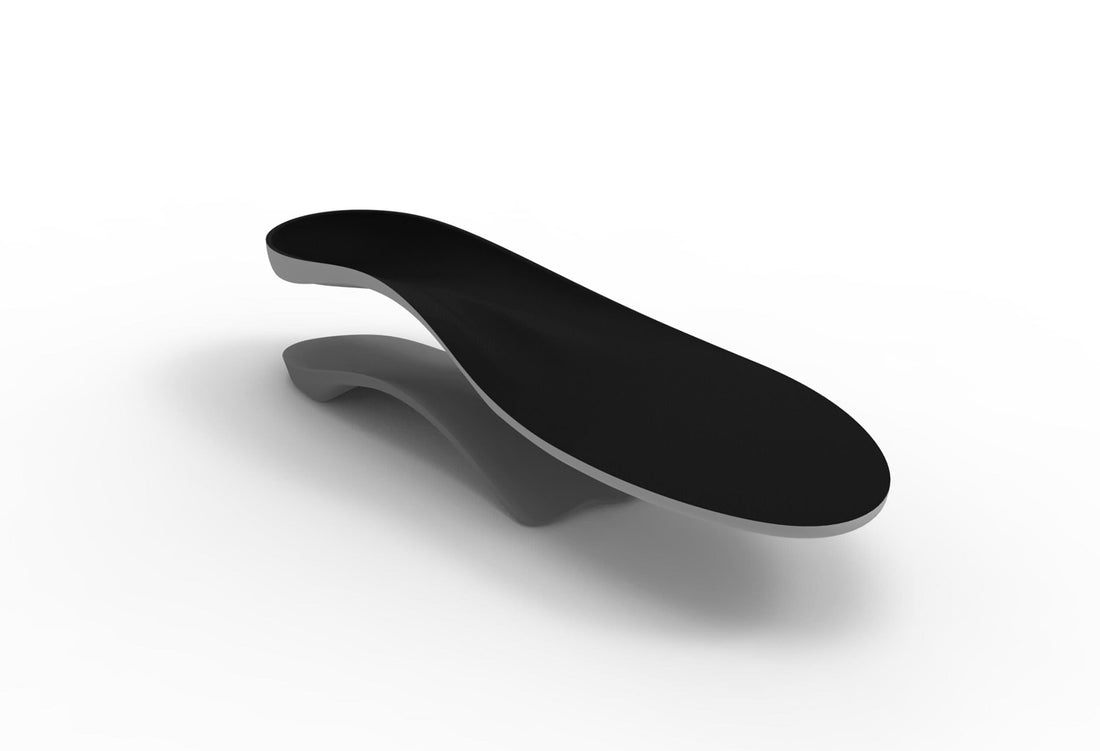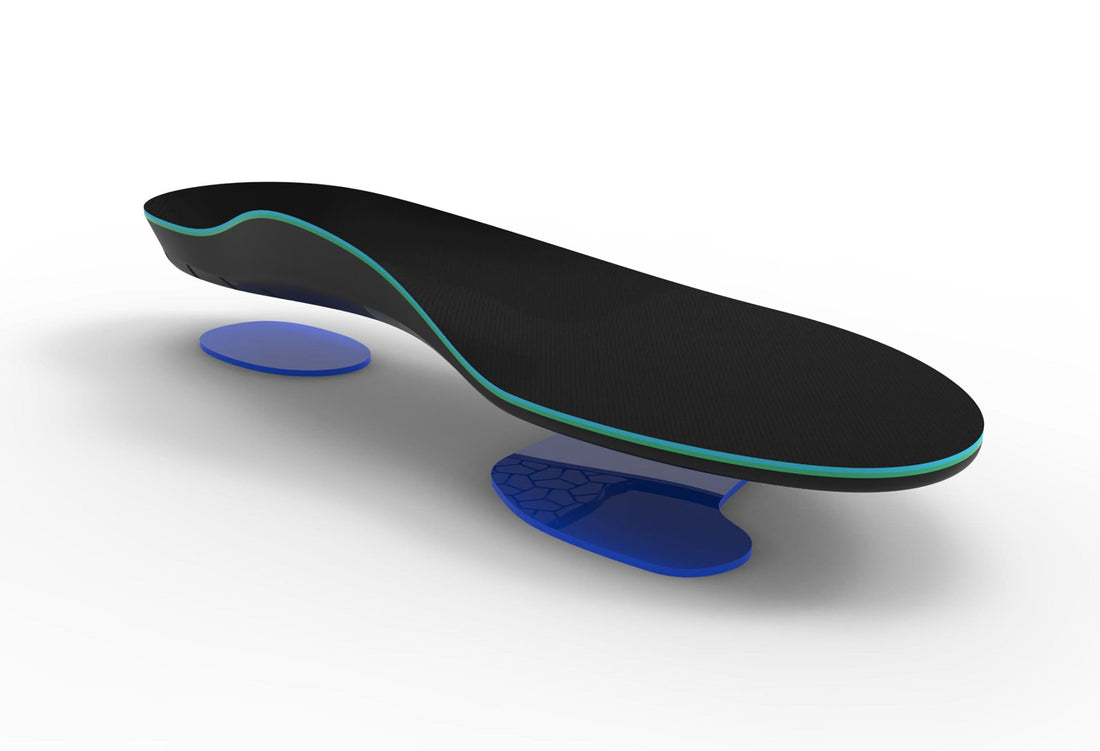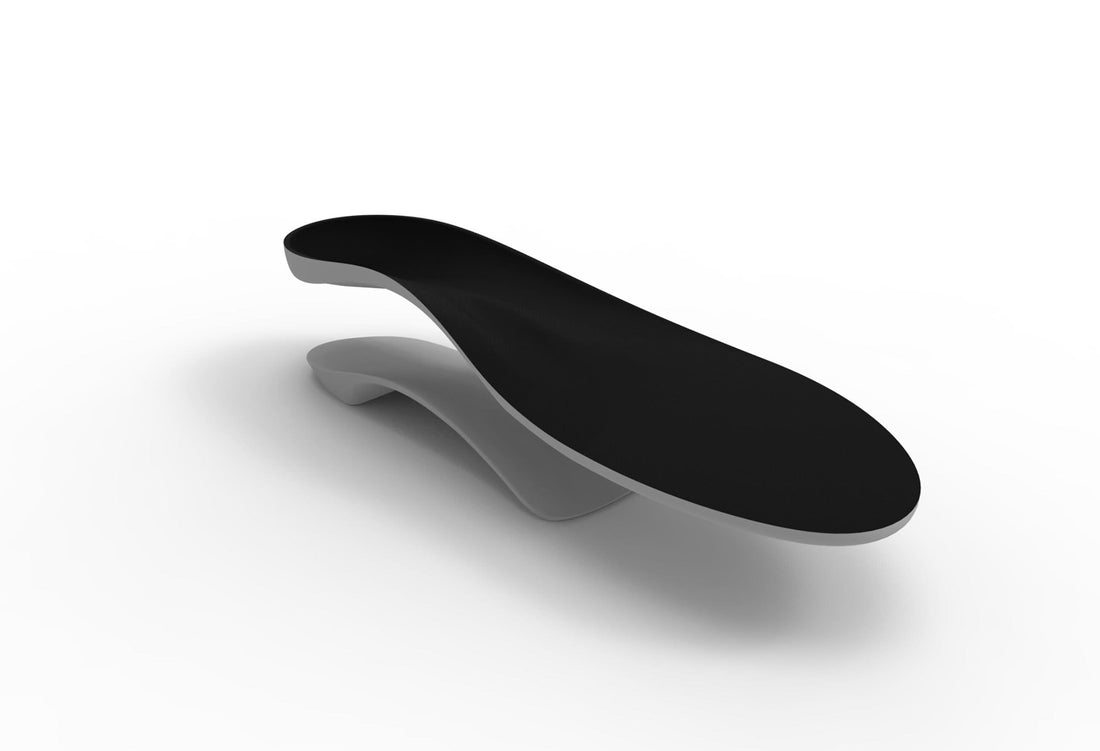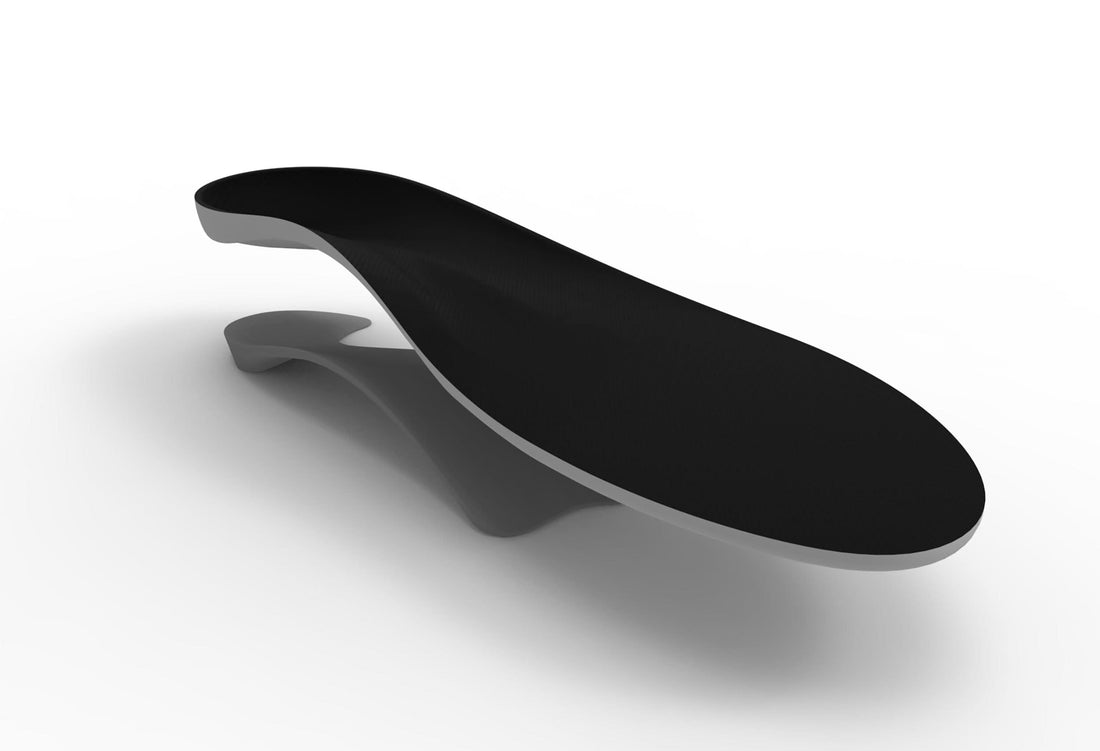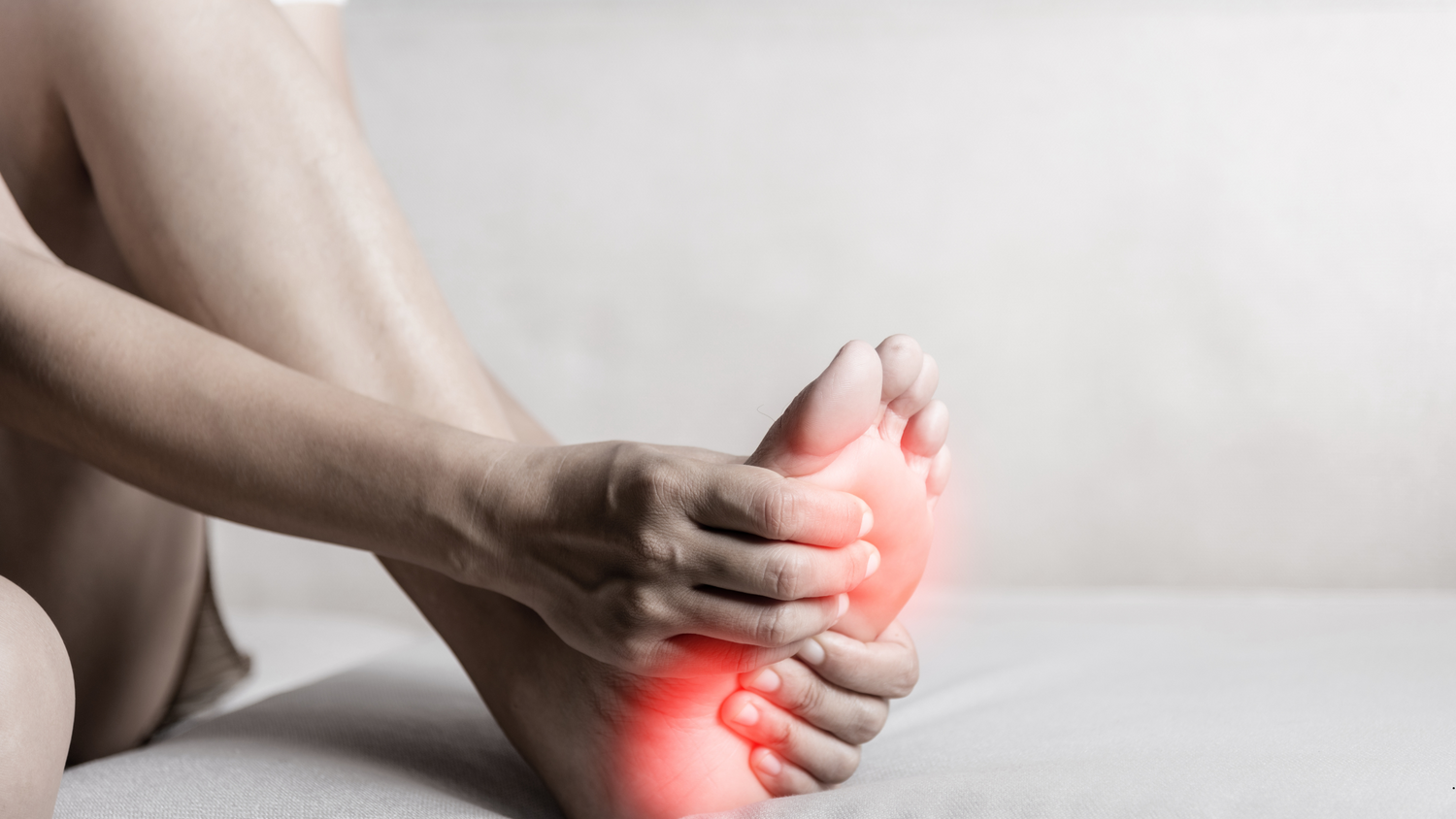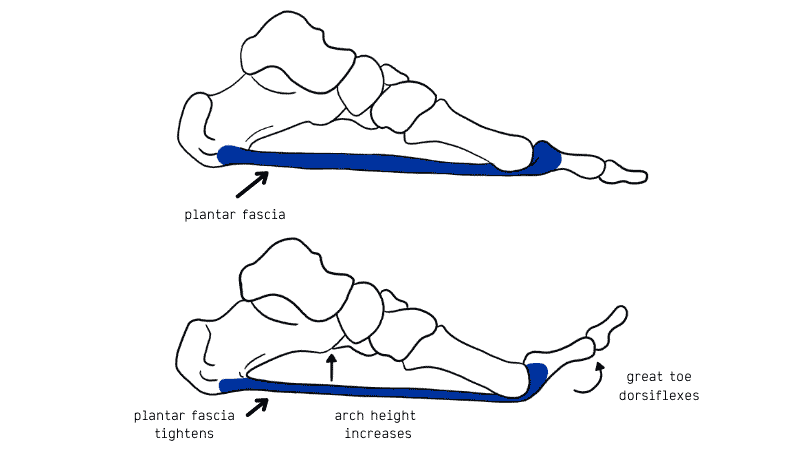The Keystone device as a clinical tool for measuring the supination resistance of the foot: A reliability study
By Gabriel Moisan, Sean McBride, Pier-Luc Isabelle, Dominic Chicoine
First published: 21 December 2021
https://doi.org/10.1002/msc.1614
Abstract
Background
The supination resistance test (SRT) is a kinetic test used in clinical and research contexts to estimate the amount of force required to supinate the foot. Previous studies either used a manual, less reliable version of this test or a more reliable instrumented version, but with devices inconvenient for clinical use. The clinically available Keystone device has been developed for the SRT, and could be better suited for clinical purposes. The objective of this study is to determine the intrarater and interrater reliability of the Keystone device for the SRT.
Method
Thirty young adults underwent two prospective experimental sessions, 1 week apart, during which SRT measures with the Keystone device were registered. Intrarater and interrater reliability were calculated using intraclass correlation coefficients (ICC), standard error of measurement (SEM), minimal detectable difference (MDD) and limits of agreements (LoA).
Results
The intrarater reliability of the SRT was good (ICC = 0.86, p < 0.001). The SEM, MDD and 95% LoA were 7.3, 20.4 and −31.6–14.3 N, respectively. The interrater reliability of the SRT was good (ICC = 0.76, p < 0.001). The SEM, MDD and 95% LoA were 9.0, 24.9 and −36.6–24.9 N, respectively.
Conclusion
The Keystone device is a reliable tool that can be used in clinical and research contexts. Prospective studies aiming to determine if SRT measures are predictors of musculoskeletal injuries or if they can predict the effects of external supports on the biomechanics of the foot and ankle are warranted.


